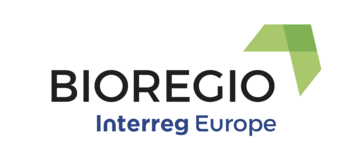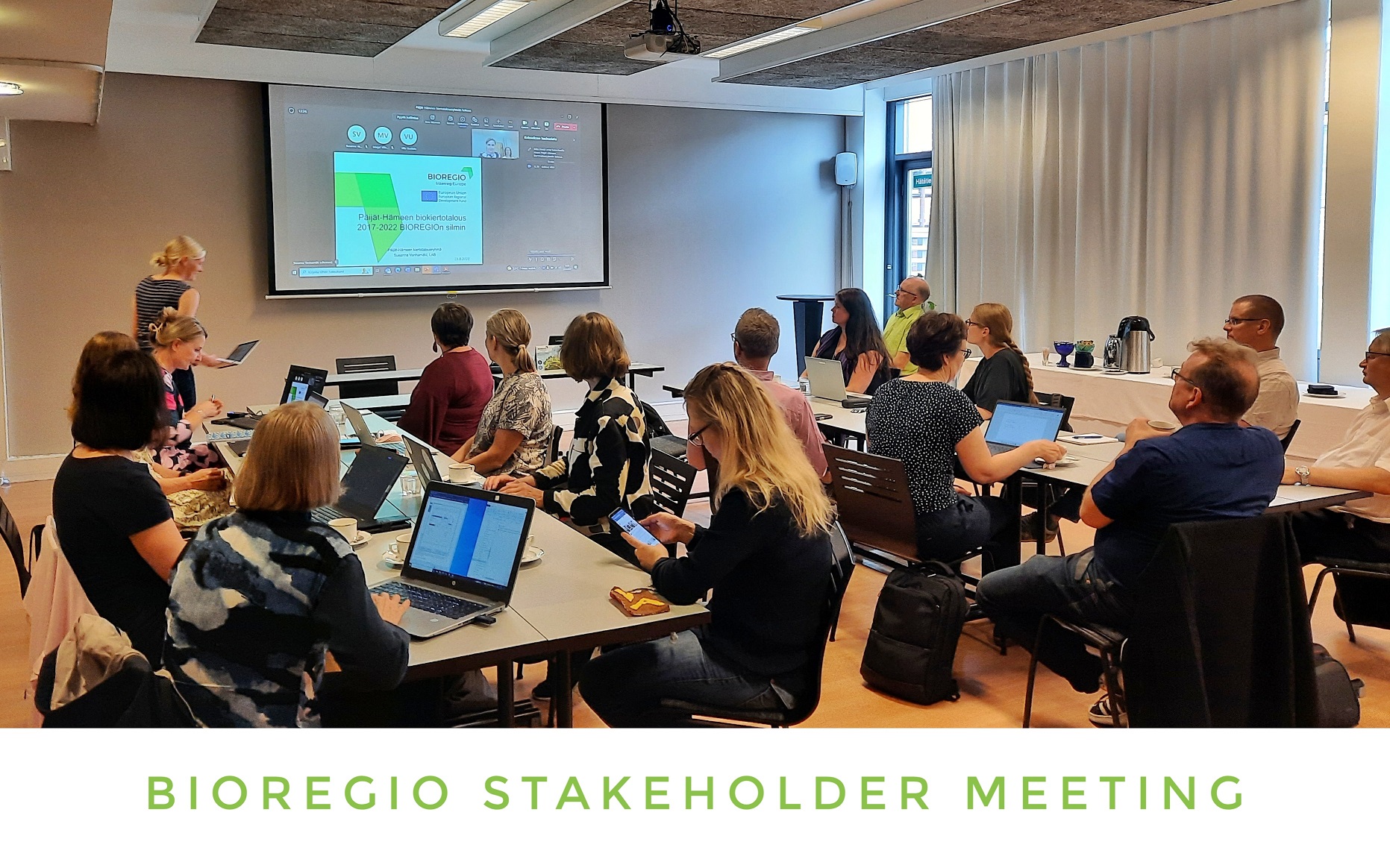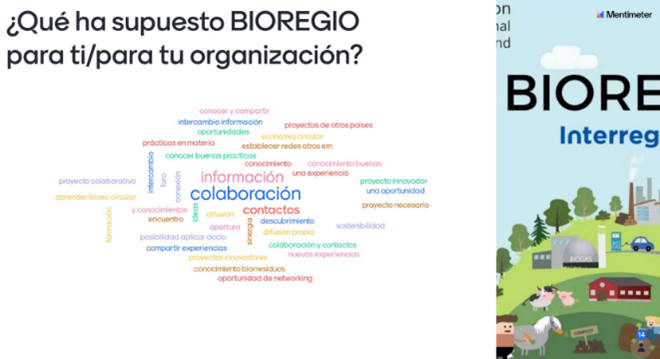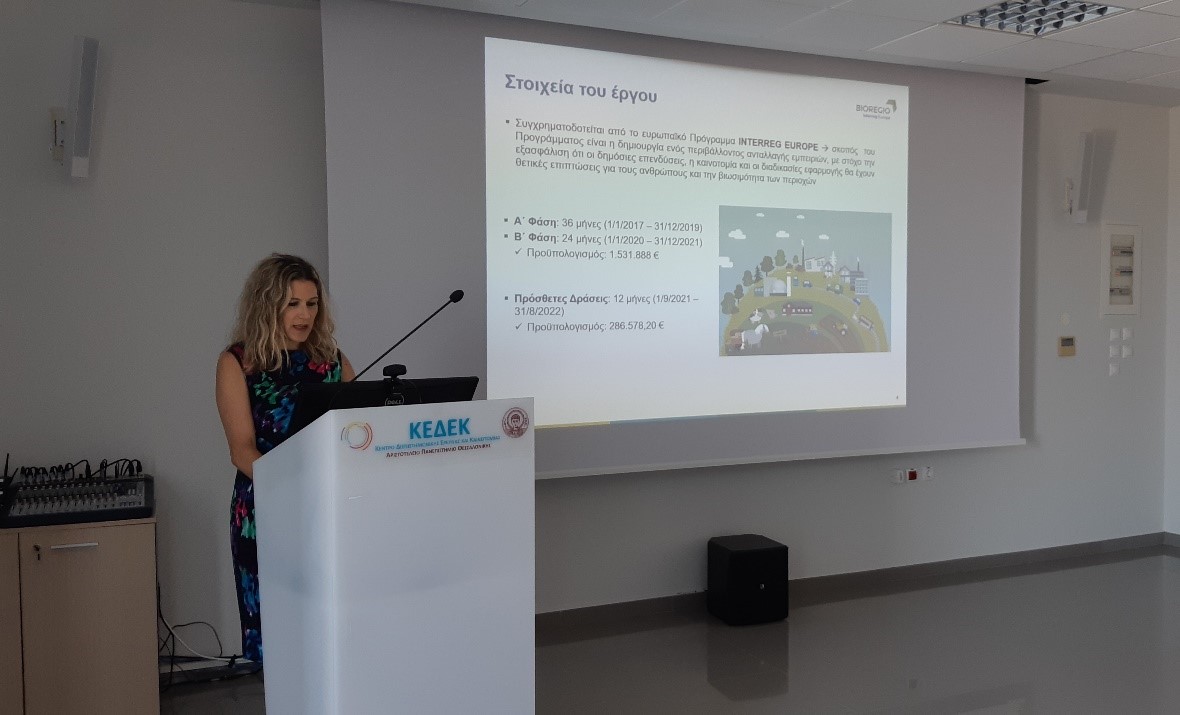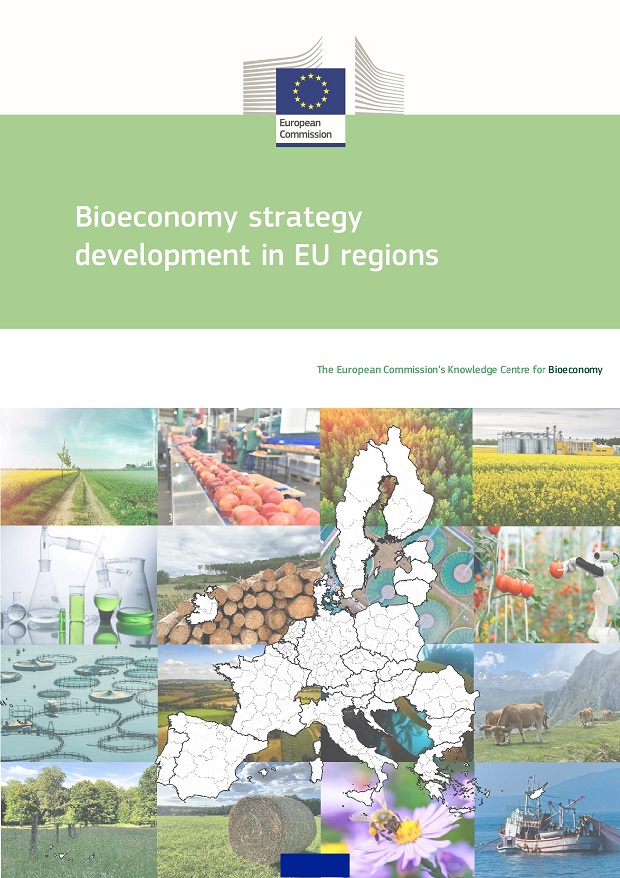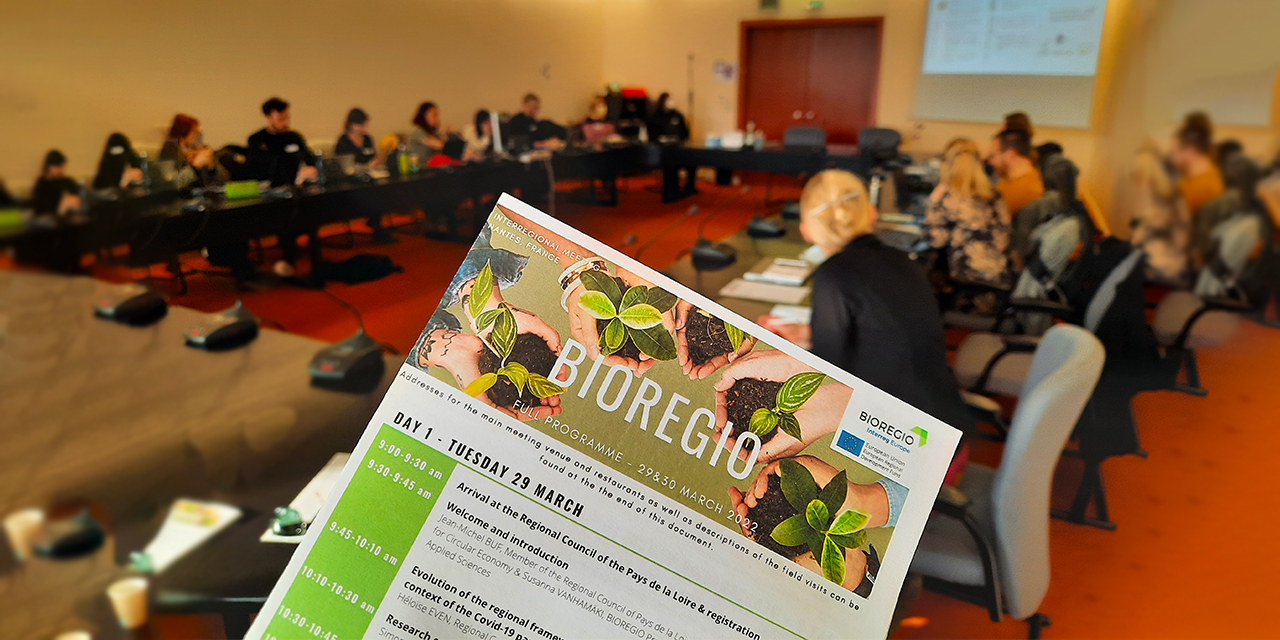The Päijät Häme Grain Cluster is Finland’s most extensive and diverse network representing the entire chain of grain processing. The exceptional grain cluster promotes research and development and supports cooperation and networking among the cluster companies, farmers and grain-processing companies. The diverse cluster brings together all regional actors, from grain producers to industry and retail, both large international and small craft companies, e.g. mills, breweries, malt producer, bakeries, and about 1000 farmers.

The grain cluster plays a significant role in shaping the food industry in the Päijät-Häme region. Photo: Pexels.
The grain cluster seeks synergies, sustainable product development and innovation, and circular economy solutions. Thanks to the cluster collaboration, industrial symbiosis and new innovative food products have been introduced. Currently, new prospects in carbon dioxide recovery from a bakery and mash processes, as well as more effective possibilities in using biowaste through e.g. logistics are developed in a European Regional Development Fund project.
The grain cluster and its individual cases have been identified as Good Practices of the BIOREGIO project, which are published on its project website and on the Policy Learning Platform of Interreg Europe.
Solutions Increasing Value of Industrial Sidestreams
The below mentioned sophisticated solutions represent outstanding innovation of modern bio-based circular economy by exploiting process residues and transforming them into value-added products. At the same time, resource utilisation is maximized, and new jobs created. Moreover, other intangible benefits have arisen in the region, such as enabling innovative environment for product design development and boosting grain-related expertise.
Since 2010, bioethanol has been produced from the side streams of food cluster companies like bakeries, breweries and mills through a bio-based industrial symbiosis between energy company St1 and beverage company Hartwall in Lahti. The St1’s production plant Etanolix processes residues of food industry like yeast and beverages from Hartwall via pipe transfer and adds biowaste material collected from several local grain industries, e.g. bakeries, grain mills and breweries, to produce bio-based fuel for vehicles. The plant, located right next to Hartwall, employs two persons full-time and some others on an hourly basis.

Multiple possibilities to utilise grains. Photo: Oona Rouhiainen.
Xylitol sweetener can be used in various products in food industry, cosmetics and pharmacy. During the milling process, large amounts of oat hulls are produced. Fazer, a Finnish food company, has initiated a xylitol production line utilising its sidestreams from its milling process, where a large amount of oat hulls is generated. Previously, the oat hulls have been used as fuel in energy production or as feed. Thanks to its location next to the oat mill, the material transportation is minimised. The new plant will generate 30 new jobs. The plant is the only one in the world producing xylitol from oats on such a scale utilising own production sidestreams.
Fazer together with Lahti Energia (the regional energy company) will build a bio heating facility located on Fazer’s factory area in Lahti. The facility is expected to be ready in autumn 2020. Produced bioenergy will be used by the mill, bakery and rye crisp production lines as well as the new Xylitol production facility. Mainly the oat hull mass left after the xylitol production will serve as fuel.
Fazer produces Aurora oat oil, which is extracted from the whole oat kernels when producing rolled oats. The technology used is solvent-free and eco-friendly CO2 extraction. Oat oil can be utilised in cosmetics and personal care products, e.g. cleansers, moisturisers and hair treatment products.
The article was originally published in the LAMKgreen blog on 8.10.2019 available here.
